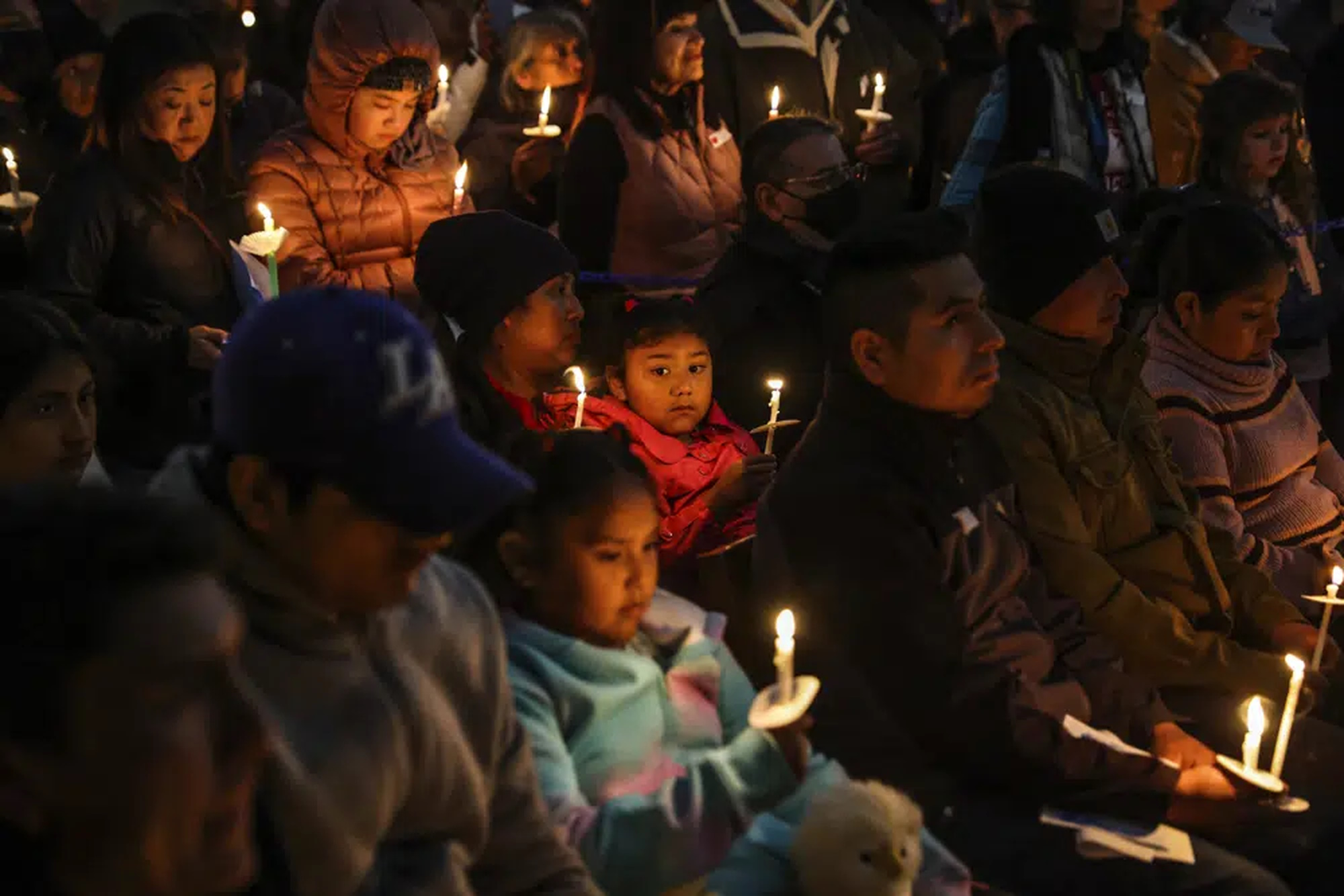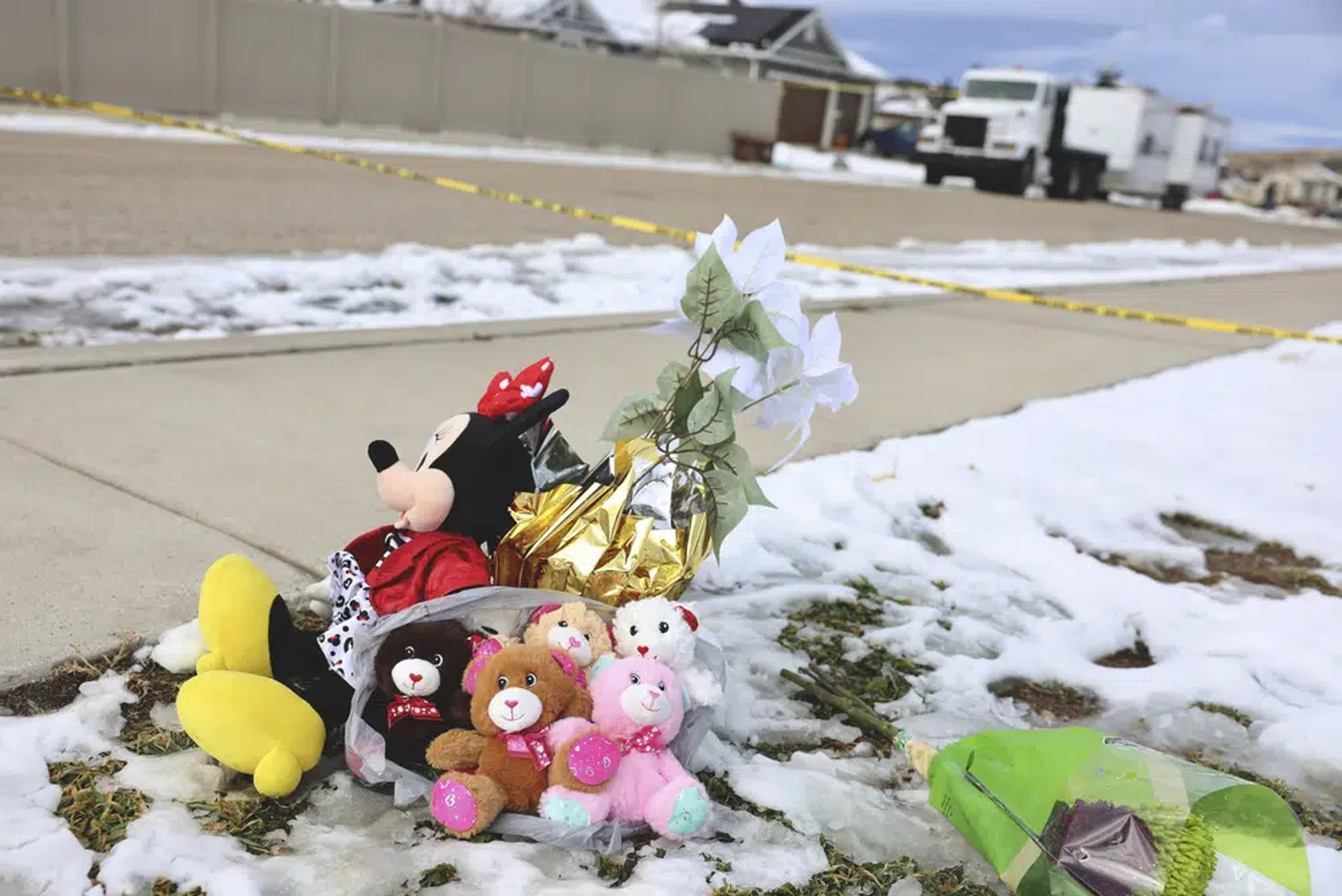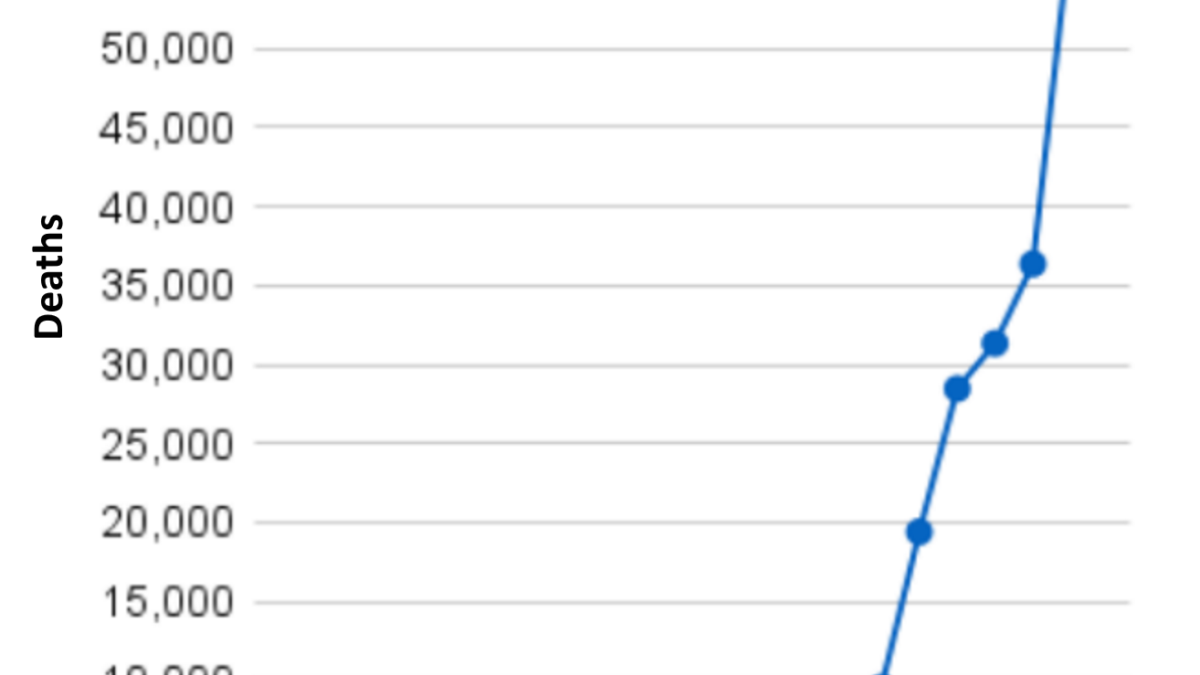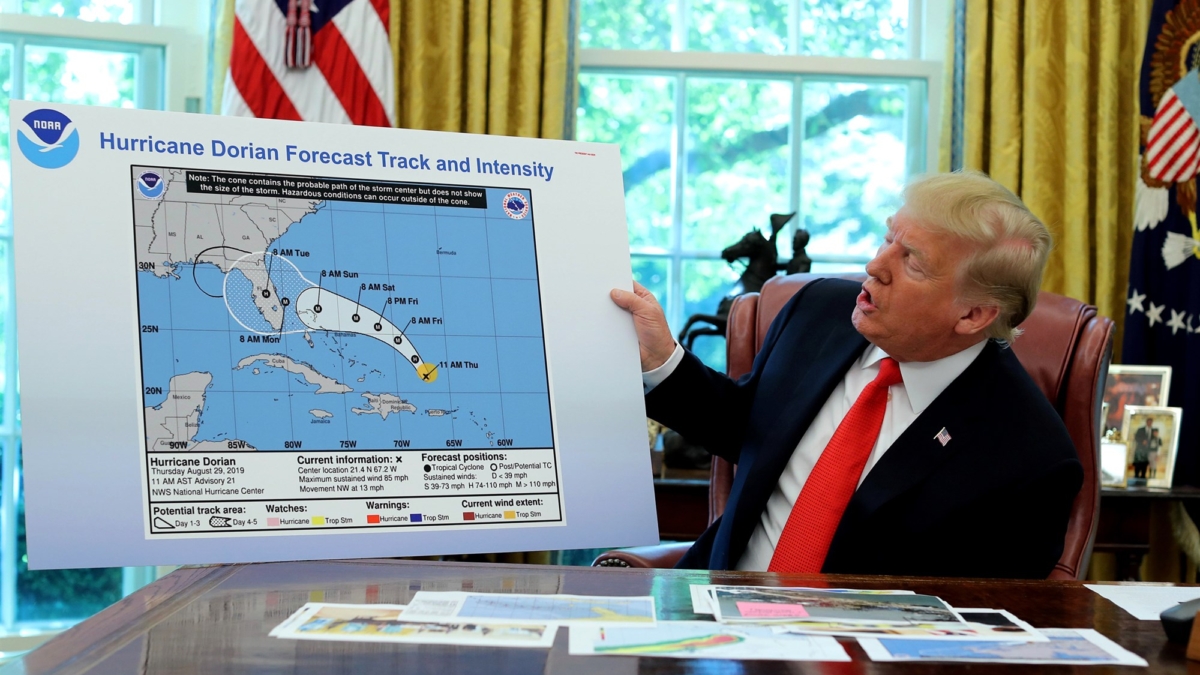Frequent shootings in 2023 put US mass killings on a record pace – “Nobody should be shocked. I visit my daughter in a cemetery. Outrage doesn’t begin to describe how I feel.”

By Stefanie Dazio and Larry Fenn
21 April 2023
LOS ANGELES (AP) – The U.S. is setting a record pace for mass killings in 2023, replaying the horror on a loop roughly once a week so far this year.
The carnage has taken 88 lives in 17 mass killings over 111 days. Each time, the killers wielded firearms. Only 2009 was marked by as many such tragedies in the same period of time.
Children at a Nashville grade school, gunned down on an ordinary Monday. Farmworkers in Northern California, sprayed with bullets over a workplace grudge. Dancers at a ballroom outside Los Angeles, massacred as they celebrated the Lunar New Year.
In just the last week, four partygoers were slain and 32 injured in Dadeville, Alabama, when bullets rained down on a Sweet 16 celebration. And a man just released from prison fatally shot four people, including his parents, in Bowdoin, Maine, before opening fire on motorists traveling a busy interstate highway.
“Nobody should be shocked,” said Fred Guttenberg, whose 14-year-old daughter, Jaime, was one of 17 people killed at a Parkland, Florida, high school in 2018. “I visit my daughter in a cemetery. Outrage doesn’t begin to describe how I feel.”

The Parkland victims are among the 2,842 people who have died in mass killings in the U.S. since 2006, according to a database maintained by The Associated Press and USA Today, in partnership with Northeastern University. It counts killings involving four or more fatalities, not including the perpetrator, the same standard as the FBI, and tracks a number of variables for each.
The bloodshed represents just a fraction of the fatal violence that occurs in the U.S. annually. Yet mass killings are happening with staggering frequency this year: an average of once every 6.53 days, according to an analysis of the AP/USA Today data.
The 2023 numbers stand out even more when they are compared to the tally for full-year totals since data was collected. The U.S. recorded 30 or fewer mass killings in more than half of the years in the database, so to be at 17 less than a third of the way through is remarkable.
From coast to coast, the violence is sparked by a range of motives. Murder-suicides and domestic violence; gang retaliation; school shootings and workplace vendettas. All have taken the lives of four or more people at once since 1 January 2023.
Yet the violence continues and barriers to change remain. The likelihood of Congress reinstating a ban on semi-automatic rifles appears far off, and the U.S. Supreme Court last year set new standards for reviewing the nation’s gun laws, calling into question firearms restrictions across the country.

The pace of mass shootings so far this year doesn’t necessarily foretell a new annual record. In 2009, the bloodshed slowed and the year finished with a final count of 32 mass killings and 172 fatalities. Those figures just barely exceed the averages of 31.1 mass killings and 162 victims a year, according to an analysis of data dating back to 2006.
Gruesome records have been set within the last decade. The data shows a high of 45 mass killings in 2019 and 230 people slain in such tragedies in 2017. That year, 60 people died when a gunman opened fire over an outdoor country music festival on the Las Vegas Strip. The massacre still accounts for the most fatalities from a mass shooting in modern America.
“Here’s the reality: If somebody is determined to commit mass violence, they’re going to,” said Jaclyn Schildkraut, executive director of the Rockefeller Institute of Government’s Regional Gun Violence Research Consortium. “And it’s our role as society to try and put up obstacles and barriers to make that more difficult.”
But there’s little indication at either the state or federal level — with a handful of exceptions — that many major policy changes are on the horizon.
Some states have tried to impose more gun control within their own borders. Last week, Michigan Gov. Gretchen Whitmer signed a new law mandating criminal background checks to purchase rifles and shotguns, whereas the state previously required them only for people buying pistols. And on Wednesday, a ban on dozens of types of semi-automatic rifles cleared the Washington state Legislature and is headed to the governor’s desk. […]
The National Rifle Association did not respond to the AP’s request for comment. [more]


